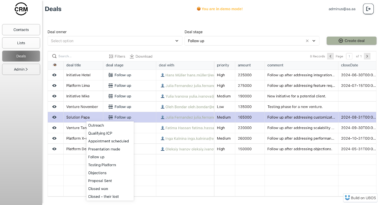MCP Docs Provider
Documentation context provider for LLMs via MCP. This server enables AI models to seamlessly access and query your local markdown technical documentation.
Installing via Smithery
To install mcp-docs-provider for Claude Desktop automatically via Smithery:
npx -y @smithery/cli install @YassineTk/mcp-docs-provider --client claude
Configuration with cursor
Add this to your Cursor configuration file (mcp.json):
{
"mcpServers": {
"mcp-docs-provider": {
"command": "npx",
"args": [
"-y",
"mcp-docs-provider",
"/path/to/your/documentation.md"
]
}
}
}
/path/to/your/documentation.mdwith the path to your markdown documentation file
No rebuild is required after updating your Markdown documentation.
MCP Client Rules Configuration
Add the following specification to your MCP Client Rules (eg. Cursor) (This ensures the documentation context is automatically used without explicitly mentioning “Using my MCP” in queries.): “If a user ask you about ui pattern then follow the mcp-docs-provider MCP server.”
Documentation Context Provider
Project Details
- YassineTk/mcp-docs-provider
- Last Updated: 4/16/2025
Recomended MCP Servers

MCP server for anki

mcp for controlling your x account through llm agents(claude desktop/cursor) expalnation vid: https://youtu.be/pAEEIVdsky8

Big Data Service Management Platform

飞书MCP服务器,用于通过MCP协议向飞书发送消息

A Model Context Protocol Server connector for Perplexity API, to enable web search without leaving the MCP ecosystem.
This read-only MCP Server allows you to connect to Trello data from Claude Desktop through CData JDBC Drivers....
A Model Context Protocol (MCP) server implementation that enables comprehensive configuration and management of Higress.
playwright-mcp with video record
 From vibe coding to vibe deployment. UBOS MCP turns ideas into infra with one message.
From vibe coding to vibe deployment. UBOS MCP turns ideas into infra with one message.






